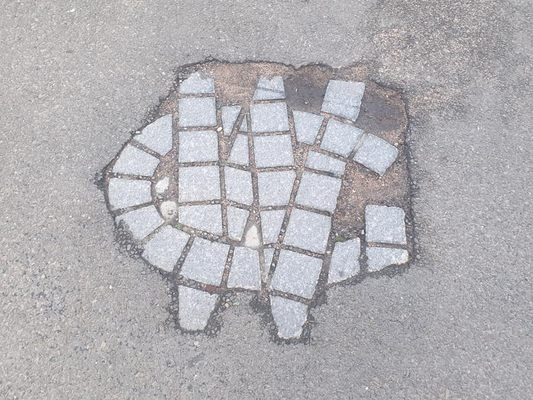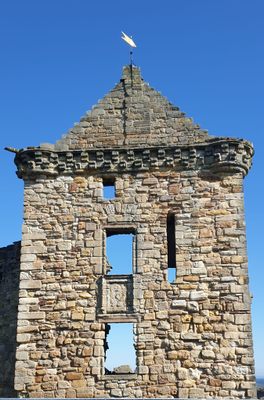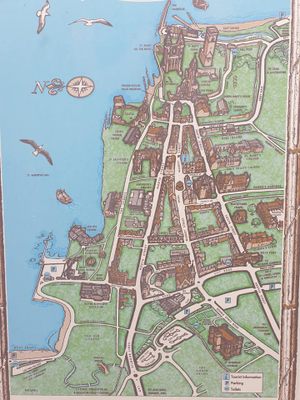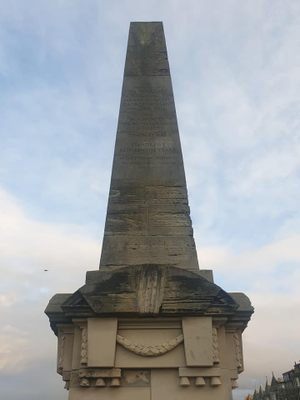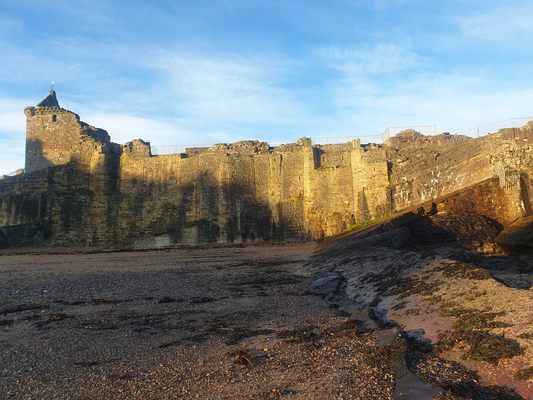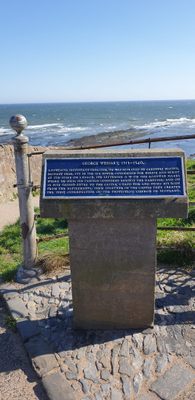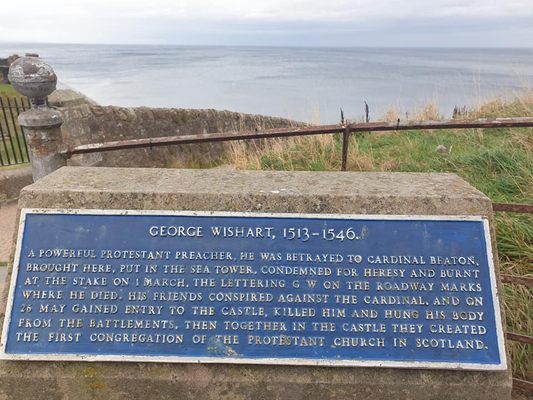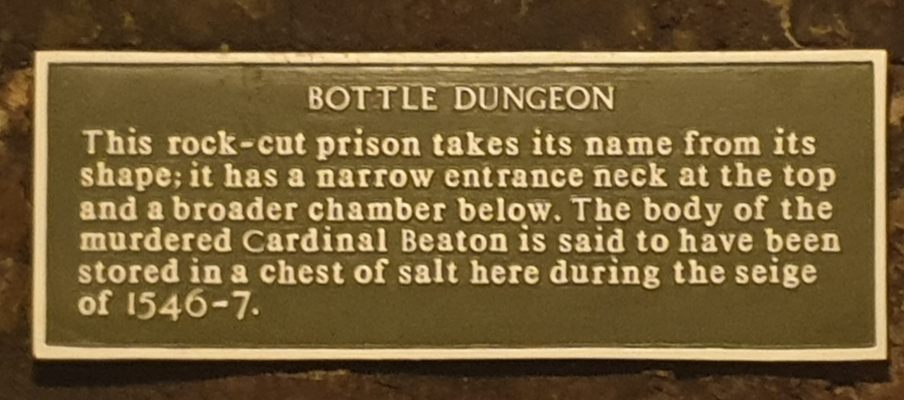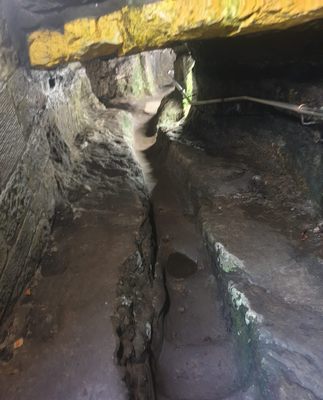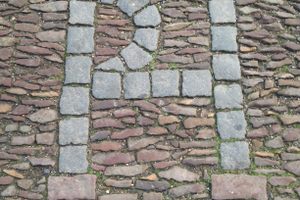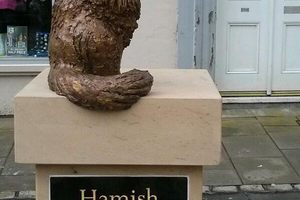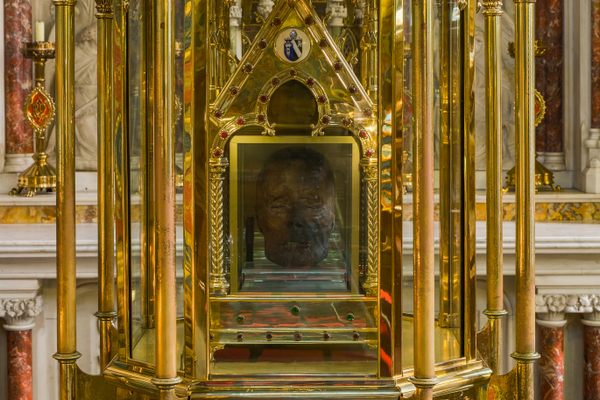About
When someone mentions the Scottish town of Saint Andrews today, they most likely think of either world-class golf or the prestigious university. However, this coastal borough was once the seat of religious authority in Scotland. The name "St Andrews" derives from the claim that the Apostle Andrew's bones were stored in the former opulent cathedral that now stands in ruins overlooking the North Sea. But in the early 1500s, the imposing cathedral was the seat of Catholic power in Scotland.
The 16th century was a turbulent period in Scottish history. Catholics and Protestants both vied for power; oftentimes the religious leanings of whoever sat on the throne dictated which group had more power.
During the mid-16th century, Archbishop David Beaton of St Andrews Cathedral controlled the diocese. He was a fierce opponent of the Reformation, rounding up Protestant leaders and branding them as heretics before throwing them into the bottle dungeon of St Andrews Castle.
One of the most important reformers Beaton faced off against was the scholar and Protestant preacher George Wishart. Wishart was born in Pitarrow, Scotland, in 1513. He was fluent in Greek and later taught at Cambridge.
When Henry VIII established the Protestant Church of England in 1534, England quickly became a breeding ground for Protestant reformers, such as Wishart. While at Cambridge, Wishart got to know Reformer Hugh Latimer. Soon Wishart began teaching people to read the Bible in its original Greek—something the Catholic Church forbade.
Wishart returned to Scotland in 1543 and began preaching in Dundee, Montrose, and the West. Beaton soon set his sights on Wishart sending a priest to kill the Reformer with a dagger. Wishart managed to take the dagger from the priest and proceeded to defend his assailant from the angry crowd.
Around this time, John Knox, perhaps Scotland's most famous Reformer, began to act as Wishart's bodyguard, armed with a large two-handed sword. Beaton orchestrated another attempt on Wishart's life, which the Reformer again survived. Finally, in 1546, he was arrested and locked in St Andrews Castle's bottle dungeon. Beaton organized a show trial that quickly condemned Wishart.
On March 1, 1546, Wishart was first hung from a gibbet, and then his body was burnt on a pyre. The initials "GW" can be found along a short coastal road known as the Scores near St Andrews Castle denoting the place of his execution.
Related Tags
Know Before You Go
The stone initials are across from the southeastern ruins of St. Andrews Castle. They are situated along The Scores, a short coastal road in St Andrews. The view of the stones may be obstructed during heavy traffic. The site is free and accessible at all times.
An information placard gives some additional information about Wishart. Access to the interior of St Andrews Castle, including the Bottle Dungeon, is through paid admission and is limited to operating hours.
Flavors of Scotland: Beyond the Haggis
Smoked seafood, single malt whisky, and warm hospitality.
Book NowPublished
April 2, 2024
